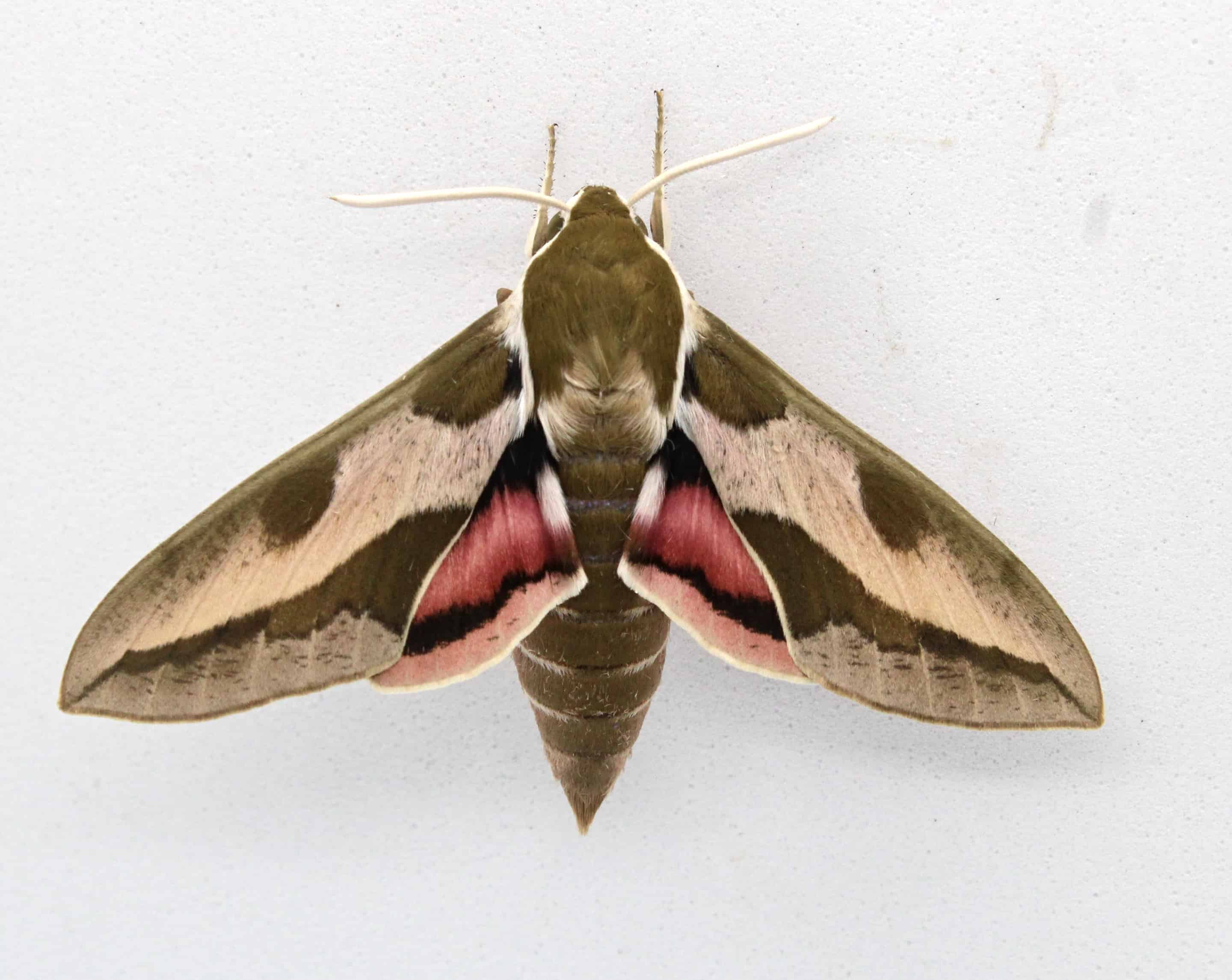
Moth Matters: The Essential Role of Moths in the Blue Hills
Researching Hawk Moths in the Blue Hills and throughout Massachusetts
Moths may not play starring roles in Disney movies, but they do play an important part in keeping forests healthy: moths are stars when it comes to pollination.
They also often have quite compelling life histories… and unique relationships with plants in their caterpillar and adult stages.
During your walks in the Blue Hills, you probably haven’t seen the nocturnal hawk moth (family Sphingidae), also called sphinx moth. But you might have spotted them flying outside your house, courting your porch light in the evening. These fast-flying moths are one of the few species in the world that can hover in space, like a hummingbird.
As a part of her PhD work at UMass Boston, Teá Kesting-Handly has undertaken a 5-year study of hawk moths in 14 Massachusetts state parks, forests, and conservation lands including the Blue Hills. She is documenting how their populations and distribution are different in rural and urban settings. The Blue Hills constitutes a large expanse of open space, yet is also located close to urban and suburban centers. Teá’s research in the Blue Hills and throughout Massachusetts will explore the impact of development on ecosystems, exemplified by the humble moth.
For this program, Teá will cover the background of her research, ecology and life history of Sphingidae in Massachusetts, as well as preliminary findings from her work.

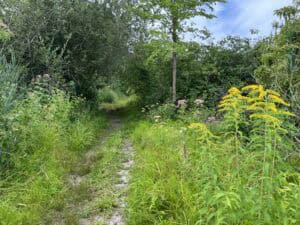
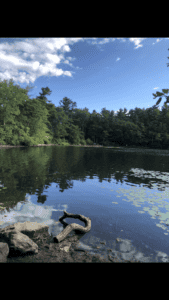

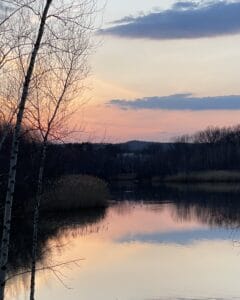

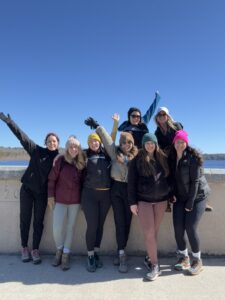




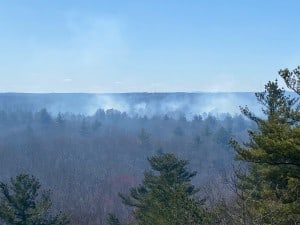
How much is this?
Thank you 😊
It’s free! And on Zoom. Hope you can come!
Super psyched for this! I am very interested in Sphingidae!!!
How does one sign up for “Moth Matters”? It says, “Online Zoom Event — Sign up below,” yet I do not see a way to sign up.
So weird. There should be a form below. We’ll add you to the list to get the Zoom link… Check your inbox!